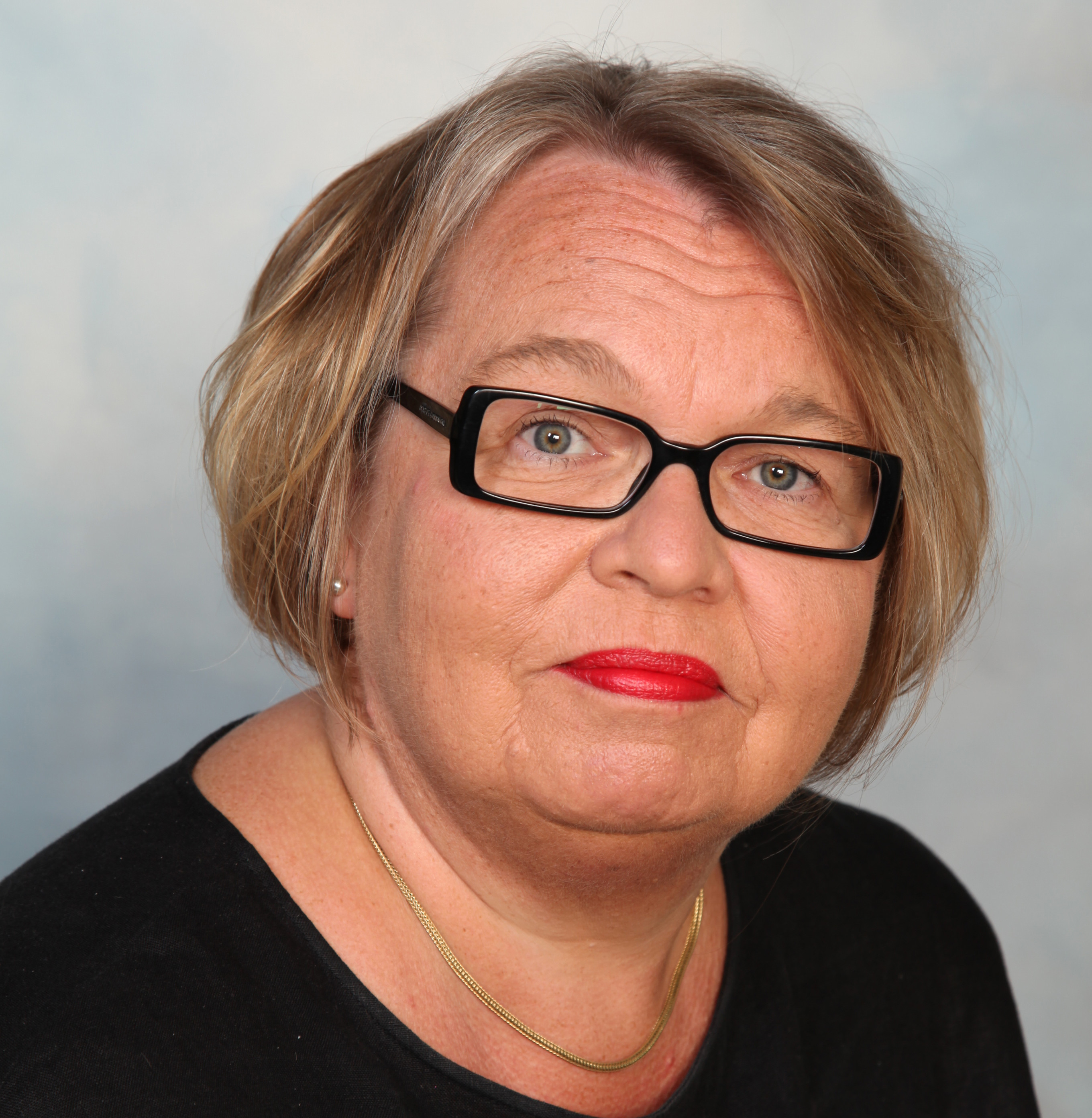

 Aino Maija Rautkallio
Aino Maija Rautkallio Psychiatric nurse, Master of Arts, Couple- and family therapist, family therapy trainer advanced level and supervisor, EMDR-therapist and psychofysical breathing therapist.
MAIN FIELD OF WORK
Supervisor, trainer and consultant , private practicionar in couple- and family therapy and EMDR-therapy. Leading trainer in a training program for family therapists of stabilization in family therapy. At Koulutus- ja psykoterapiapalvelut Aino Maija Rautkallio, Vuorovaikutusprosessien tutkimuskeskus and Department of Psychology at the University of Jyväskylä
ABSTRACT
In this subplenary the principles of stabilizing couple- and family therapy will be presented. The model is integrative and based on the theories of family- and traumatherapy. The working method of stabilizing family therapy is body-oriented. The main idea is that when the skills controlling body and mind develop, family members ability to self-compassion, empathy and psychological work also increase.
Stabilization in Couple and Family Therapy
I will present the principles of stabilizing couple- and familytherapy. This model is integrative and is based on the theories of family- and traumatherapy. It has been developed over the last five years by three finnish familytherapists, and over 60 familytherapists have been trained to use the model i Finland. The feedback has been encouraging, and development continues together with clients and colleagues.
Identifying traumatization and its implications and bearing them in mind in couple- and familytherapy helps increase understanding confusing, unexpected non-verbal expression both in familylife and in therapy. In stabilizing family therapy traumatized family members are offered ways to identify and control neural activation in their bodies. When skills controlling body and mind develop, the ability to self-compassion, empathy and psychological work are also increased.
The feeling of safety and control are at the core of stabilization. The aim of stabilization is to help traumatized person to distinguish the difference between experiencing self and perceiving self, to give information about trauma´s effect on being in relation to people, and present various tools for stabilization. In stabilization phase the aim is to increase the resourses and psychological capacity of family members. The handling of traumamemories in familymeetings and family life is learned to inhibit, until resources of familymembers are sufficient to prosess the memories.
Another central principle of stabilizing family therapy is to help family members to adjust the progress of therapy-discussion suitable for ones own feeling of safety. The meetings must be as safe as possible, so that familymembers don´t have to be in the state of defense – which narrows consciousness. Safety is achieved together with therapist by identifying bodily reactions and by adjusting talk and emotional expressions so that psychological integration may take place. Only then talking, listening, remembering and understanding patterns of family´s interaction can be possible.
The working method of stabilizing family therapy is body-oriented and in between meetings there are exercises which are focused on increasing ability to observe and skills of calming down as well as strenghtening resources.
The objective of stabilising couple -and family therapy is de facto increasing the ability to be present and experience of being subject. An important dimension in stabilizing working method is also recognizing mechanisms of substitute traumatisation and preventing it´s consequenses both from the point of view of therapists and family members.